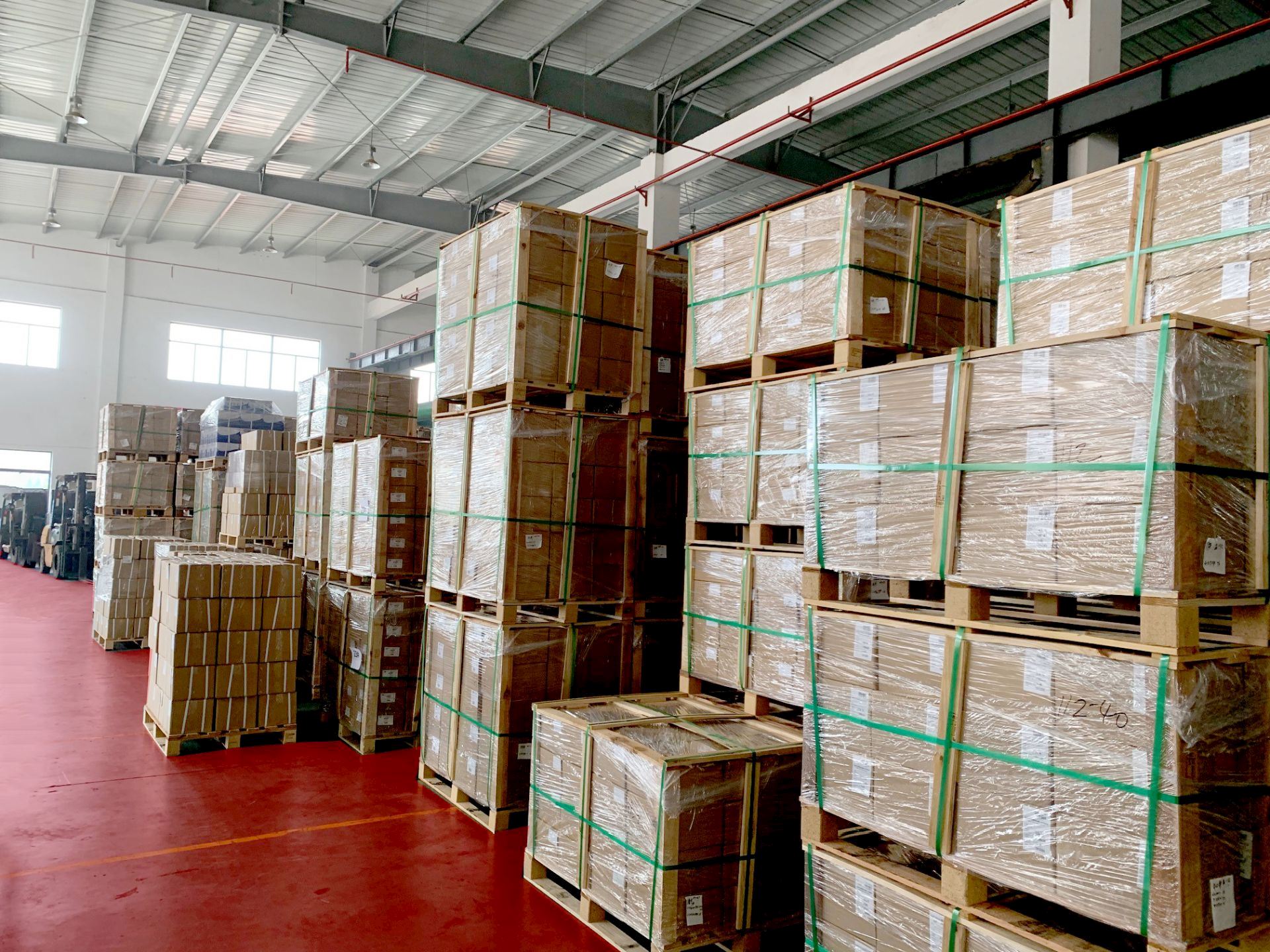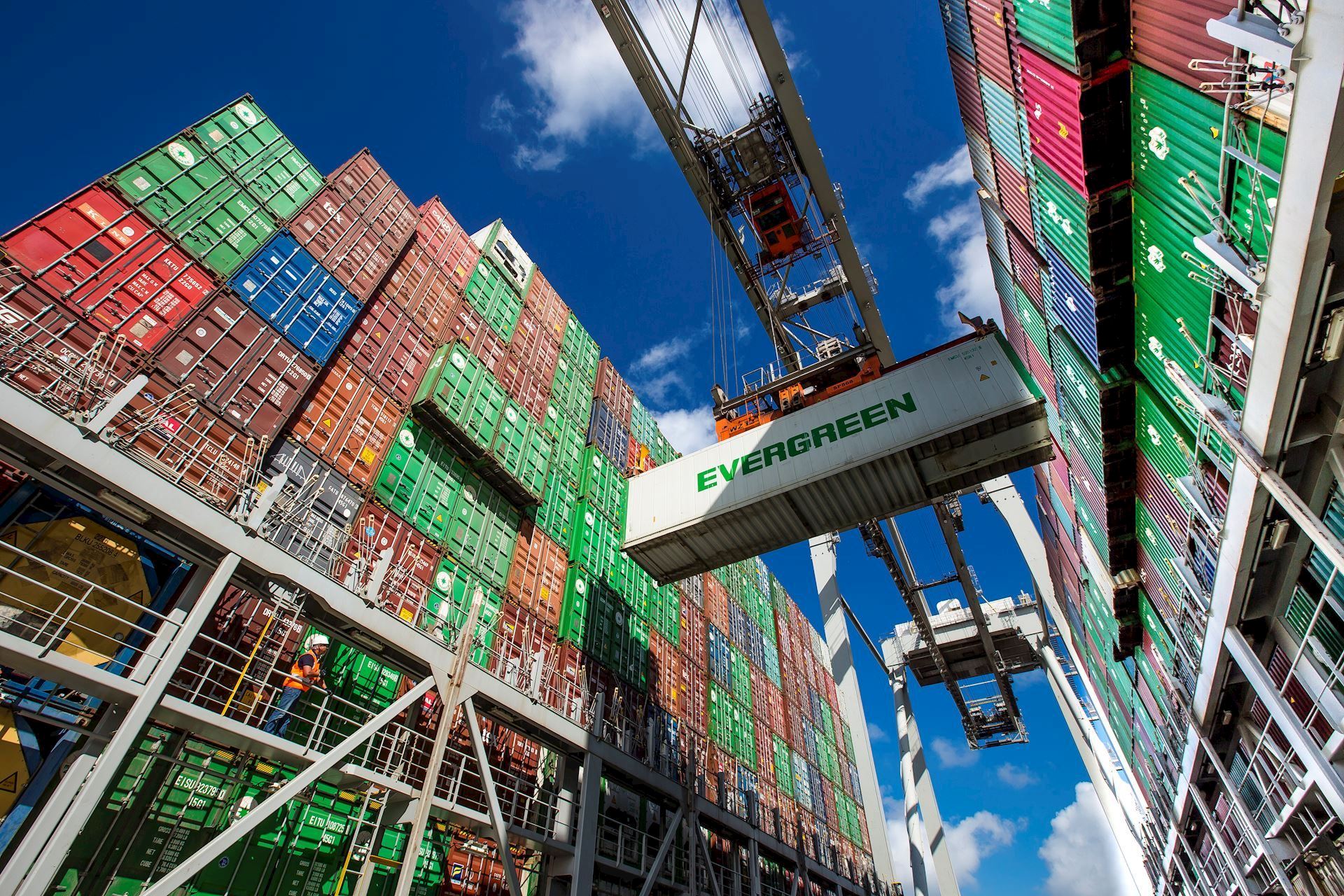Become an importer yourself!
IMPORT SERVICES
When you order products abroard import duties may be applicable and you have to deal with various formalities and documents. Depending on the country of origin and country of desitination.
For every country there is a different duty applicable. Some items are free of charge but most items from far East to Europe or North-America there are trade duties applicalble.
Let Aramfix guide you trough or we cover all services and deliver your articles at your door!


5 Basic Steps
HOW TO IMPORT
- Choose the country. Different countries have different export/import regulations.
- Search for suppliers.
- Figure out the duty and taxes.
- Find a reliable freight forwarder and customs broker.
- Ship the goods on time.
IMPORT, NOT THAT EASY!
ARAMFIX can unburden you in this entire process and organize all your needed formalities, but you can also import yourself! For some people international shipping is a no brainer, however for some it might get really complicated. There are a lot of variables in the international shipping process. It is complicated and there are many different parties involved, such as local truckers, custom brokers, shipping lines, freight forwarders, rail companies and more. Communication barriers and cultural differences might cause some difficulties and rules and regulations can slow down your first shipments if you do not have the experience and knowledge to ensure that the process flows as smoothly as possible.
Although there is an ocean of information regarding the international shipping process, in this following article we will try to summarize the basics of international shipping, specifically from a maiden importers point of view.
The five basics steps you need to know before becoming an importer are as followed:
DOCUMENTS
When importing a lot of documents are required, legalized by COC, signed, stamped, front and back, double or even tripple copies, but the most important one is the original B/L (Bill of Lading) this original document is needed to release a container in the port.
SHIPPING
Shipping times are not exact science, weather conditions, changed routes and delay in a port all the time. For example, when there is too much wind, containers can not been released with the cranes due to waiving of the cables.
CUSTOMS
The customs may check your goods at any time in the harbour. Not every container is subjected to inspection, but when your container is randomly picked out, they charge approx. 250$ for inspection and the delayed time!
FREIGHT
At all times the consignee (receiver) of the goods is responsible for the container. In case of the Ever Given the receiver of the goods is responsible for the extra costs of the container when it got stuck and delayed.
Step 1
CHOOSE THE COUNTRY
Different countries have different export/import regulations. While the material itself might be cheap to buy from a certain country, there might be other factors which might add up to the cost. Requirements for importing specific commodities depends on a wide variety of criteria. Some information, such as whether an item is subject to quota restrictions, eligible for reduced rates of duty, or restricted from entry because they originate in an embargoed country, can be determined only if you know the item’s Harmonized Tariff Schedule classification number.


Step 2
SEARCH SUPPLIER
If you are a maiden importer, there are government agencies that are ready to answer your questions. The International Trade Administration and US Business Administration are few of the many organizations that are there to help you. Use online sources, consult trade and professional associations, and join domestic and international trade shows. Once you have made the contact with an overseas supplier, it is always good idea to go meet the supplier at their own facility.
Step 3
FIGURE OUT THE DUTY AND TAXES
Import duty can be calculated in different ways, but most import duties are a percentage of the declared value of the commodity. Import duty differs from product to product and is depending on the commodity being imported, its declared value, its country of origin, and other factors like anti-dumping legislation and quota controls. Import duty values can be as low as zero or as high as 100% (or more) of the product’s declared value. Import duties are collected to generate revenue for local goverments and to protect local markets.


Step 4
RELIABLE FORWARDER & CUSTOMS BROKER
You already have too much to worry about. Do not add shipping procedure and documentation to the list. Always work with a reliable freight forwarder or NVO that will provide you with daily (or even live) updates from the moment you place the order with your shipper. This will give you more time to focus on your own core business.
Step 5
SHIP ON TIME
Do not ship your goods last minute. This might cost you more than you need to pay. However, by shipping early you may end up paying inventory costs. Always consider that delays might happen during the process, such as goods might not be produced on time, the vessel might not sail as scheduled, goods might be held by the customs both in the country of origin or at destination. Be prepared for this all and plan accordingly.
First, do your homework and go over the research that is available to you online. Then consult with a professional to understand the process of importing goods correctly. In today’s world international shipping is almost a must for all companies and you can save a lot by choosing the right logistic partner, making the right decisions and understand the process..

FAQ
-
Is it necessary to order a full container?
No, it is not necessary to order a full container. Depending on the product, desired delivery date etc. your order can also be shipped seperatly.
-
What is the minimum order quantity?
This is depending on the product and the minimum order qtty set by the manufacturer.

